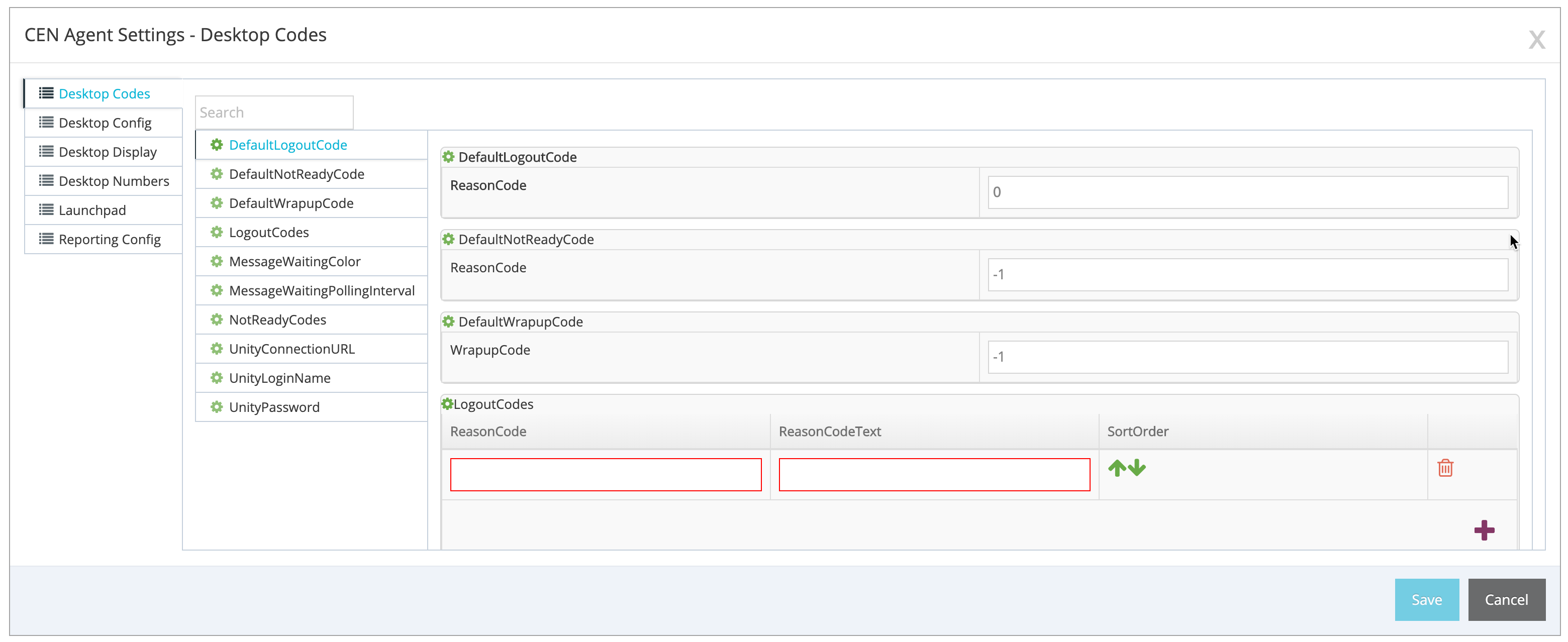Topic Updated: April 01, 2025
Edit Profile Settings
After creating a new profile by cloning an existing profile, the new profile is an exact duplicate of the original (cloned) profile except for the profile name and description. If this is a new (cloned) profile, you now need to update the settings so that the new profile is unique and meets your needs. You can also use this procedure to update settings in an existing profile.
This section assumes that you are currently viewing the Profiles page within the Settings function (see the following screen capture). If you are not viewing the Profiles page, you can refer to Settings for information about how to display the Profiles page.
To update the settings associated with the profile, perform the following steps:
In the Profiles page, locate the profile in the Profiles page. To locate the profile, you can perform one or more of the following actions:
If you know all or part of the name of the profile, you can search for the profile using the Search function.
Click on a column header label to sort the contents of the column (and therefore the profiles page) either in ascending order or in descending order.
You can locate the profile by using the paging controls to move between pages.
Note: For more information about using the features included in the profiles page to locate a profile, Features of the Profiles Page .
After locating the profile, click on the Edit Profile icon (
 ).
). The Profile_Name pop-up window opens and displays the current settings.
For information about individual settings, see Profile Settings By Type.
In the Profile_Name pop-up window, the Desktop Codes tab is the default main tab. The Desktop Codes tab includes additional (secondary) tabs. When you click on one of the secondary tabs, the associated setting pane is highlighted and moves to the top of the pane.
Click on each main tab in turn, and within each main tab, click on the secondary tabs to locate and work with each setting. All settings are designed using easy-to-understand formulae. In addition, all settings that use similar input will use the same controls.
Important:
For information about individual settings, see Profile Settings By Type.
Only those persons who are familiar with the settings and what they're designed to address should set or update individual settings. Setting or changing a setting without knowing what that setting does could cause unexpected results that affect every agent who is assigned to the profile.
When you are working in the Settings function, the bottom few setting panes will not move any higher than the bottom limit of the display pane.
Screen captures in the following topics are intended to be examples only. Actual Settings screens that you work with may differ in appearance and content.
Click on the following links to see examples of typical types of settings:
At any time when setting or updating the settings and when you have finished working with the profile settings, click on the Save button. Settings that you have added, removed, or updated are saved and a confirmation pop-up window opens and displays the "Settings saved successfully" message (similar to the following screen capture). The confirmation pop-up window closes automatically after a few seconds.
The Profile_Name pop-up window remains open to enable you to continue to set or update settings for the profile. When you are finished working with the settings, and after saving your changes, you can close the Profile_Name pop-up window by clicking on the Cancel button.
Warning: If you click on the Cancel button before saving your changes, the Profile_Name pop-up window closes immediately without saving your changes.



